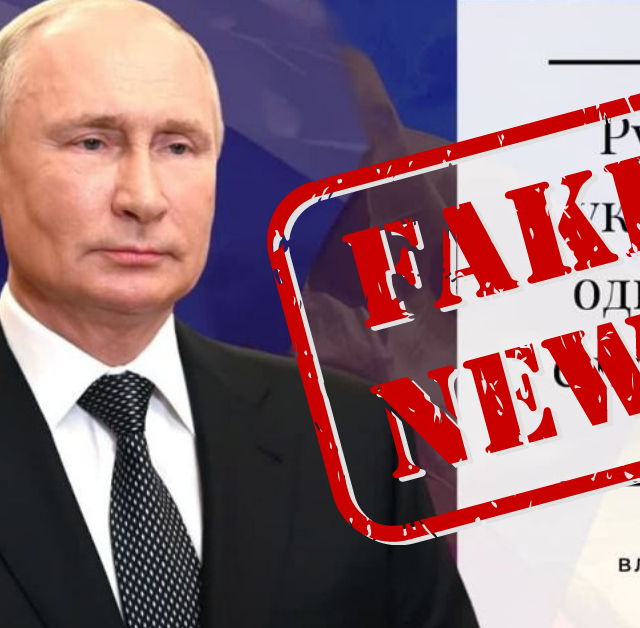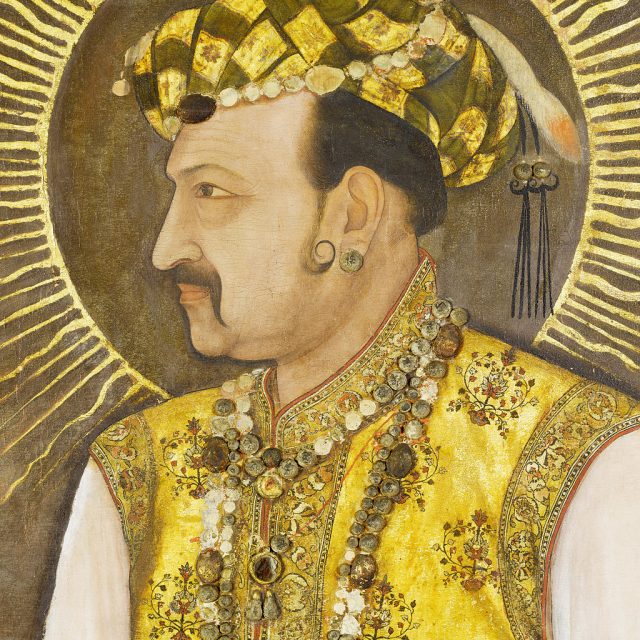Photo by Olga Zakharchenko on Unsplash
Russia is aiming to resolve their “Ukrainian issue” by 2026 to reallocate resources for expanding its aggression against the European Union (EU) and NATO member states. Numerous political and military analysts, as well as various European intelligence agencies, share this assessment.
Should the war against Ukraine continue for another 5 to 7 years, Russia risks losing what is often referred to as its “window of opportunity.” As a result, Kremlin strategists are working to execute their primary revanchist and aggressive objectives during the tenure of a pro-Moscow administration in Washington, supported by a Republican majority in the U.S. Congress. This would ensure the legislative backing of initiatives favourable to the Kremlin while undermining its allies. The Russian government is also counting on Europe’s perceived sluggishness and its reluctance to take decisive, coordinated action to strengthen its defenсe capabilities and continue support for Ukraine without U.S. involvement.
Consequently, the 15 war scenarios for Europe developed by Russian strategists, projecting potential conflicts until 2045, remain relevant – and, in fact, are becoming increasingly plausible.
According to reports from several European intelligence agencies, the Kremlin plans to initiate conflict with the Baltic states in the coming years, followed by their swift annexation. Poland is expected to be next.
Given Russia’s dwindling resources for further aggression and the need to replenish them, Moscow is considering involving its allies in these military operations, primarily North Korea and Iran. The plan reportedly involves using North Korean and Iranian troops in Russian military uniforms for operations in Europe, with China’s tacit approval. In return, China would continue supplying Russia with crucial components and extend its purchase of energy resources.
Among the potential scenarios is the continuation of the war in Ukraine, alongside a gradual normalisation of relations between Moscow, Washington, and Beijing. This could result in the lifting of U.S. sanctions, the extraction of resources from Europe, and the destabilisation of the EU from within. The Kremlin plans aim to fracture the European Union by supporting Eurosceptic, pro-Russian politicians in key member states. These figures would rise to power with the help of far-right movements and the establishment of pro-Russian governments in countries like Slovakia and Hungary, ultimately leading to the internal collapse of the EU.
There are also scenarios in which the war pauses in 2026. Should Russia fail to lift sanctions, a temporary respite may be necessary for Moscow to rebuild its strength and continue its aggressive policies.
Simultaneously, subversive tactics such as disinformation campaigns, cyberattacks, and military sabotage against Ukraine and Europe are expected to persist. Looking ahead, a return to military objectives targeting the so-called demilitarisation of Ukraine and potentially, the former Warsaw Pact countries also a possible scenario..




